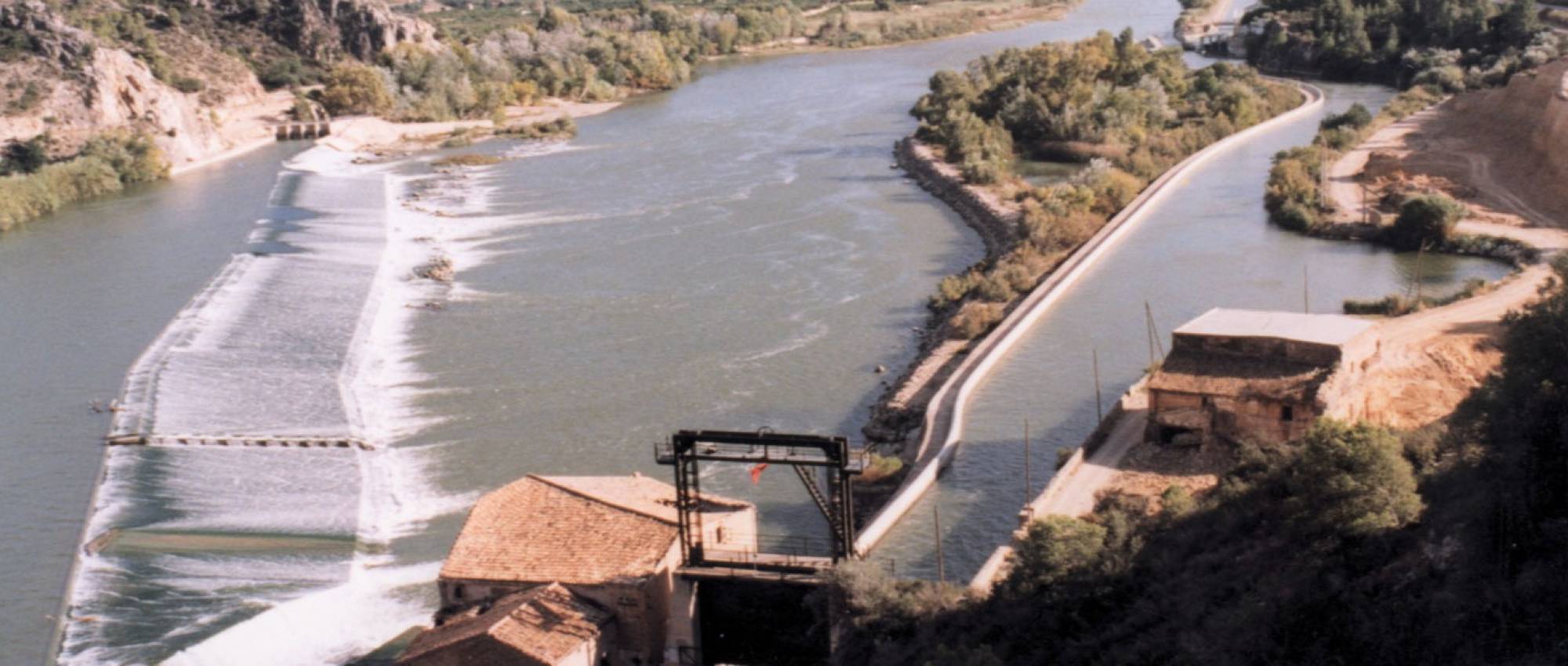The Xerta Lock The damn on the Ebro
 The Xerta Lock / Wikimedia Commons Public domain
The Xerta Lock / Wikimedia Commons Public domain
Between the municipalities of Xerta and Tivenys, at one of the most spectacular places on the lower section of the River Ebro, is a major work of hydraulic engineering that transformed the economic activity of the area and has left a monumental testimony to an industrial heritage. This is a dam with a lock (a retaining wall that diverted the water) of about 310 metres long, built diagonally across the river.
It seems that the origin of a lock at this point can be traced to the Islamic period and that it must have been restored in the 12th century, after the conquest of Tortosa. Even so, it was not completed until 1411, under the direction of Mussà Alamí. It was in the 19th century when it was refurbished and the lock that diverted the water into the left and right channels of the Ebro which, as it still does today, served to irrigate the Delta and the gardens within the valley. Despite these works, the lock allows the boats that sail on the River Ebro to pass.
In addition to the dam with the lock, the heritage complex consists of several annexed buildings: the breakwaters, the old flour factory – of which only the walls remain standing - and the mill. This preserves a stone carved with the date of its construction, 1575, and items (the mill race and run-off channels and the toothed wheels) have been kept that belong to this time period. It has been refurbished many times until the end of the 19th century when it was used as an electrical generation plant. Even so, it is considered one of the few industrial buildings from the Renaissance period in Catalonia.